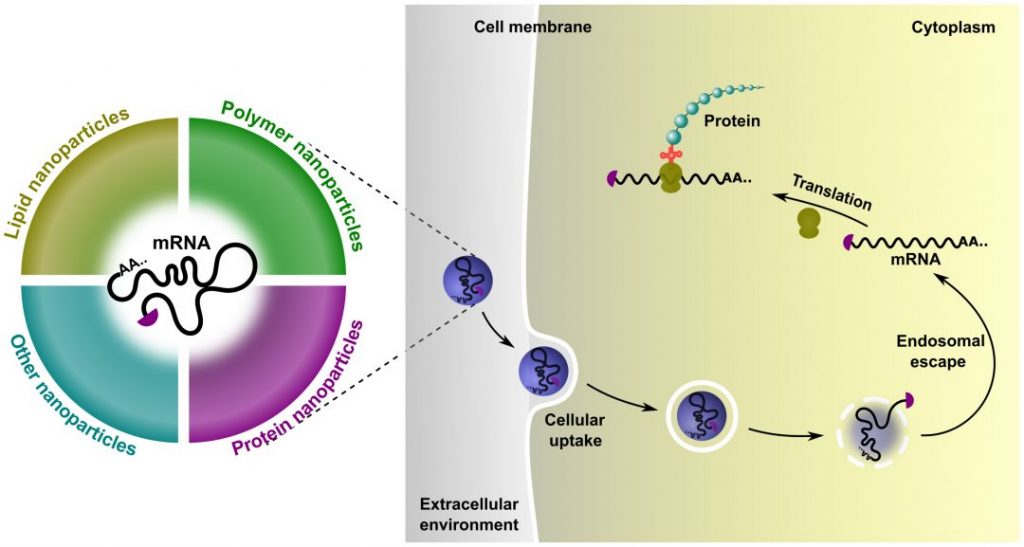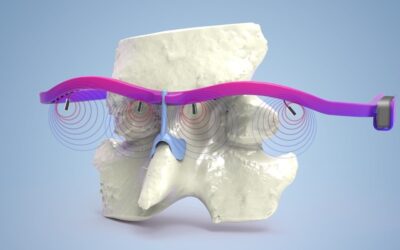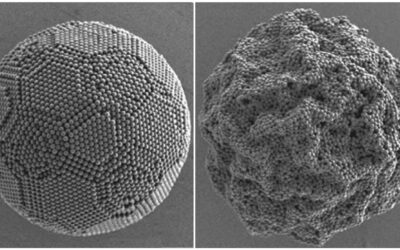Messenger RNA (mRNA) has attracted extensive attention for diverse therapeutic applications in the past decade. For example, mRNA-based therapeutics are now being explored for protein replacement therapy, immunotherapy, genome editing, and so on in pre-clinical and clinical studies.
Currently, a number of pharmaceutical and biotechnology companies have initiated or are planning first-in-human clinical trials of mRNA-based therapy. Moreover, our understanding of mRNA translation processes and its regulation pathways have become more and more profound. Recent advances in the nucleic acid chemistry also provide effective tools to fine tune the properties of mRNA molecules. Consequently, mRNAs possess great potential to become a class of new drugs in the future.
In addition to the significant progress of mRNA-based therapy in the clinical trials, many nanoscale platforms have been designed and developed in order to efficiently deliver mRNA into desired cells and organs. These nanomaterials protect mRNAs from degradation by RNase, enhance cellular uptake of mRNAs and facilitate release of mRNAs to cytosol. After that, mRNAs are translated into functional proteins. Therefore, delivery materials play an important role in realizing the function of mRNAs.
In a review article in WIREs Nanomedicine and Nanobiotechnology, the authors describe recent advances, challenges, and future directions in nanoscale platforms designed for mRNA delivery, including lipid and lipid-derived nanoparticles, polymer-based nanoparticles, protein derivatives, mRNA complexes, and other types of nanomaterials.
Kindly contributed by the Authors.














